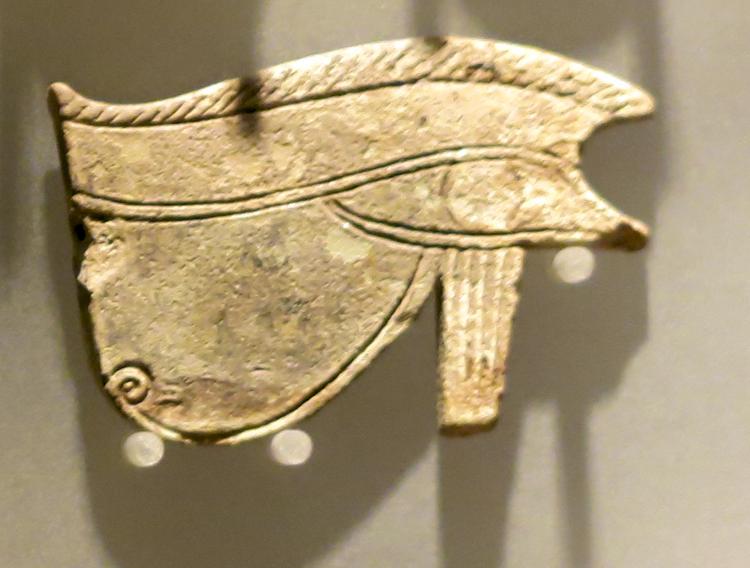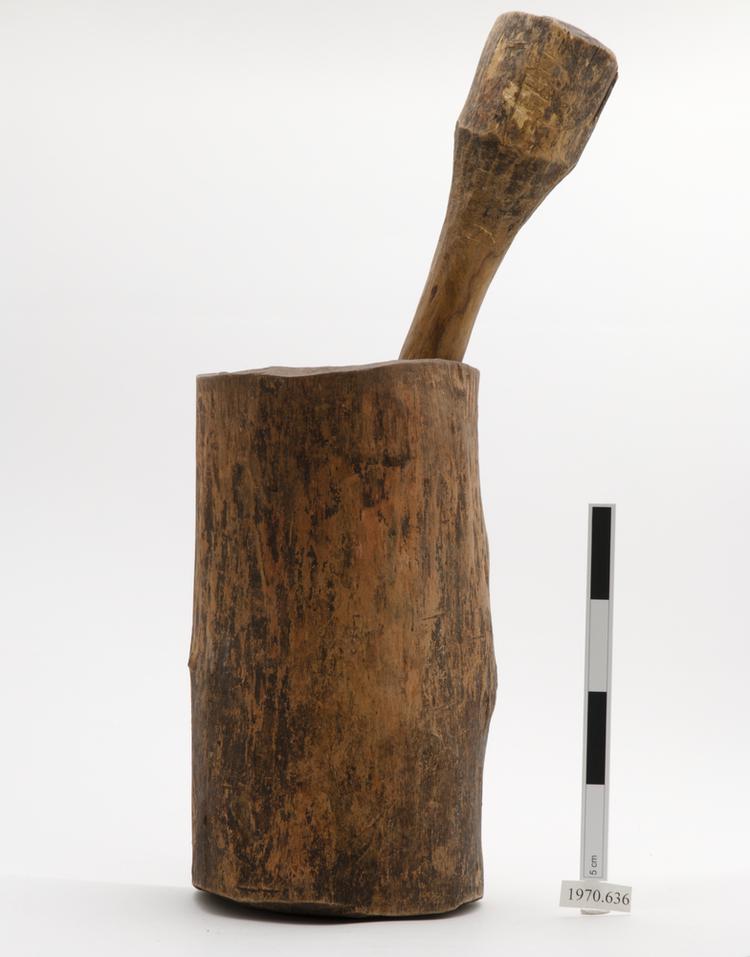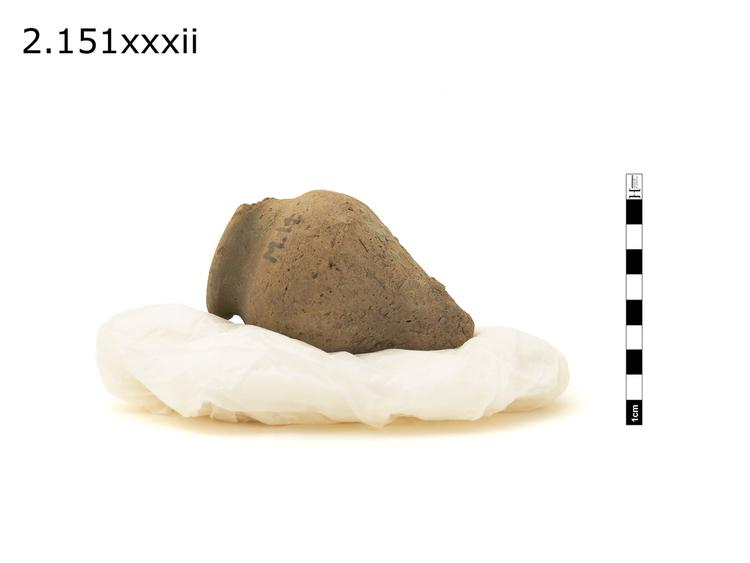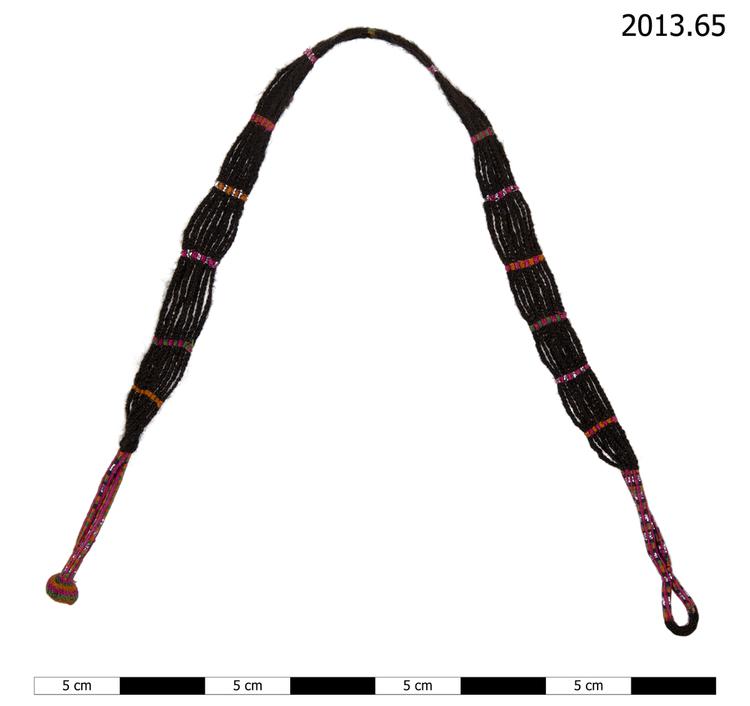57 samples demonstrating lacquerwork in different stages of manufacture. Accompanying labels divide them into several groups: (1.) 'Best quality (roiro nuri) 27 processes.' There are 26 numbered pieces. No. 23 is missing. Each piece has writing in Japanese characters on it. 1-6 show the process to prevent movement in the wood. Some of the pieces have another piece of wood inlaid probably because the original piece moved due to humidity. 7 shows the wood covered in cloth (only done for high quality). 8 onwards show added layers of powder mixed with lacquer over the cloth. These are painted and polished repeatedly. Lacquering is only started at no 15. This and 16, 18 and 19 show work on the base. 20 is preliminary lacquer layer. From here until 27 show final lacquering and polishing. (2) 'Common quality 8 processes.' Shows shorter version. Numbered 1a - 8a. Would not last so long. Export itesm ususally made this way. (3)' Various coloured lacquer. 7. '. 7 tiles numbered 1c-7c. 1c is lacquered and polished repeatedly. 2c is oily lacquer.Used for inside food bowls. The green lacquer contains oil. 7c is black lacquer with oil. Oil makes brighter but not so strong. (4) '2nd quality. ' 2 tiles labelled 1 b and 2b, 3b and 3c. Shows preparation of lacquer base. Second tile shows three stages on one piece. (5) 'Gold lacquer. Various qualities.' 10 tiles. Numbered I-XI (the first has two stages). All show maki-e processes. Some use other metals than gold, such as silver and tin. The last three show three different types of gold powder. A single tile is also gold powder but has decorative motifs. (6) 'The process for transparent decoration.' 5 tiles, numbered 1d-10d. Two examples on each tile. All in open topped box covered with red material, probably not original. Box: 101high x 317long x 215wide. Each tile: 10 high x 136 long x 95 wide.
stage of manufactures (lacquerworking)
Collection Information
These objects are only a part of our collections, of which there are more than 350,000 objects. This information comes from our collections database. Some of this is incomplete and there may be errors. This part of the website is also still under construction, so there may be some fields repeated or incorrectly formatted information.
The database retains language taken from historical documents to help research. Please note that some records may feature language and reflect systems of thinking that are outdated and offensive. The database also includes information on objects that are considered secret or sacred by some communities.
If you have any further information about objects in our collections, can suggest corrections to our information or if you see content requiring immediate action, please contact us: enquiry@horniman.ac.uk







